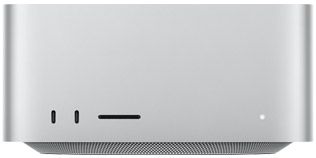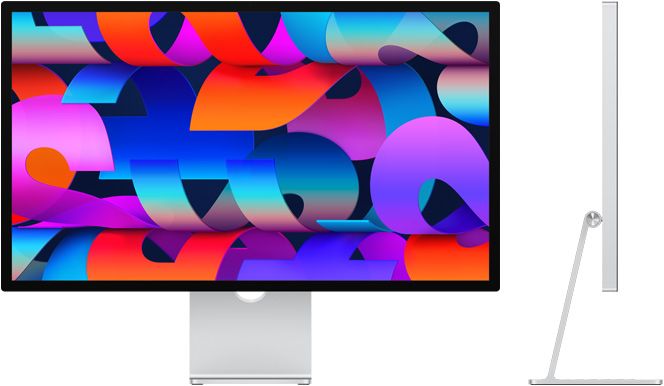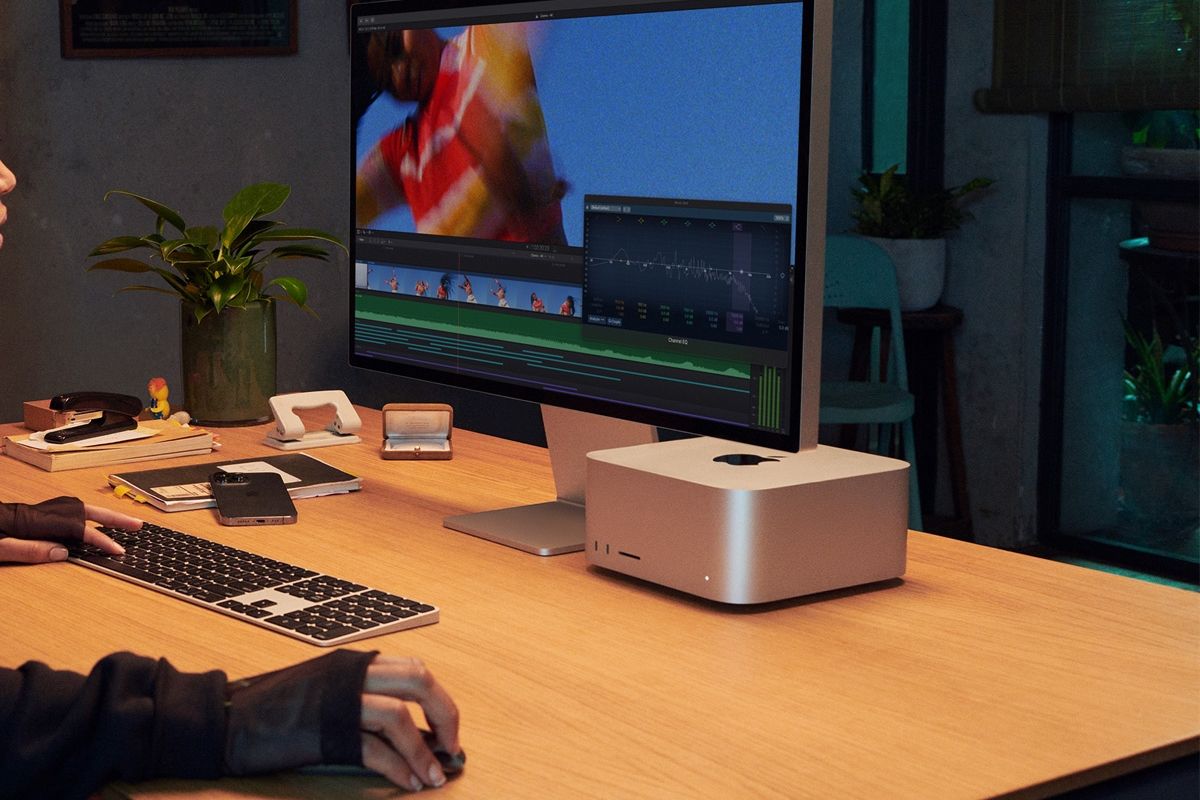Apple recently launched the Mac Studio as its latest desktop powerhouse. It crams a very powerful Apple M1 Ultra processor and up to 128GB of memory into a compact chassis, and Apple says it's faster than the best Macs out there right now. A concern some may have with it is that because it's powered by Apple Silicon, it may be lacking Thunderbolt support, since Thunderbolt is Intel technology. Thankfully, you don't have to worry, as the Mac Studio comes with at least four Thunderbolt ports.
Here's how it works: The Mac Studio is available in two major variants: one with an Apple M1 Max processor and another with the Apple M1 Ultra. Both models include four Thunderbolt 4 ports on the back. However, if you go with the M1 Ultra version, you also get two Thunderbolt 4 ports on the front. On the M1 Max model, these ports are standard USB Type-C with 10Gbps speeds.
What other ports does the Mac Studio have?
In addition to the Thunderbolt 4 ports, the Mac Studio comes with a solid supply of I/O so you can connect anything you want. On the back, there are two USB Type-A ports, a 10Gbps Ethernet port, HDMI, and a headphone jack with support for high-impedance headphones, so you can get the best audio quality possible out of it. This is on top of the four Thunderbolt 4 ports available in all the models.
On the front, we have the two USB Type-C ports we mentioned above, which also support Thunderbolt 4 if you choose the Apple M1 Ultra processor. Additionally, there's an SDXC card reader, so you can easily transfer photos and videos from a camera, for example.
Thanks to the wide array of ports, the Mac Studio supports the highest number of external displays out of any Mac - a total of five. You can connect up to four Apple Pro Display XDRs at 6K resolution using the USB Type-C ports, plus a fifth 4K monitor via HDMI. That's a lot of pixels being pushed by such a tiny machine.
What you shouldn't expect is to be able to use external GPUs with it, since Apple Silicon doesn't work well with GPUs designed for the x86 architecture. You shouldn't need an external GPU either way, since Apple claims the Apple M1 Ultra's integrated GPU can match the performance of a GeForce RTX 3090, at least in "select industry-standard benchmarks". That's the most powerful GPU for desktop PCs at this time, so you're getting plenty of power already.
If you're looking to buy the Mac Studio, you have to be prepared to spend a pretty penny, especially if you want the two Thunderbolt ports on the front. It starts at $1,999 with the M1 Max processor or $3,999 with the M1 Ultra. That doesn't include a monitor or any peripherals, either, so you'll have to invest a few more hundred dollars, at the very least. If you go with Apple's Studio Display, launching alongside the Mac Studio, it's an extra $1,599. Thankfully, there are other great monitors you can use with a Mac.
If you're getting into Macs for the first time, check out everything you need to know abut macOS Monterey, the latest version of the OS. Or, if you're upgrading from an Intel-based Mac, you may also want to check out the best apps for Apple Silicon Macs.

Apple Mac Studio
The new Mac Studio comes with the super-powerful Apple M1 Ultra chipset, lots of ports, and a sleek compact design. The M1 Ultra model has six Thunderbolt ports, while the M1 Max version has four.

Apple Studio Display
The Studio Display is Apple's companion for the Mac Studio, offering a high-end visual experience with 5K resolution and a 12MP webcam.

